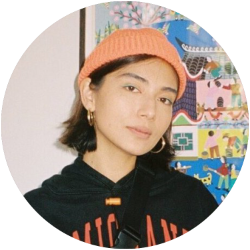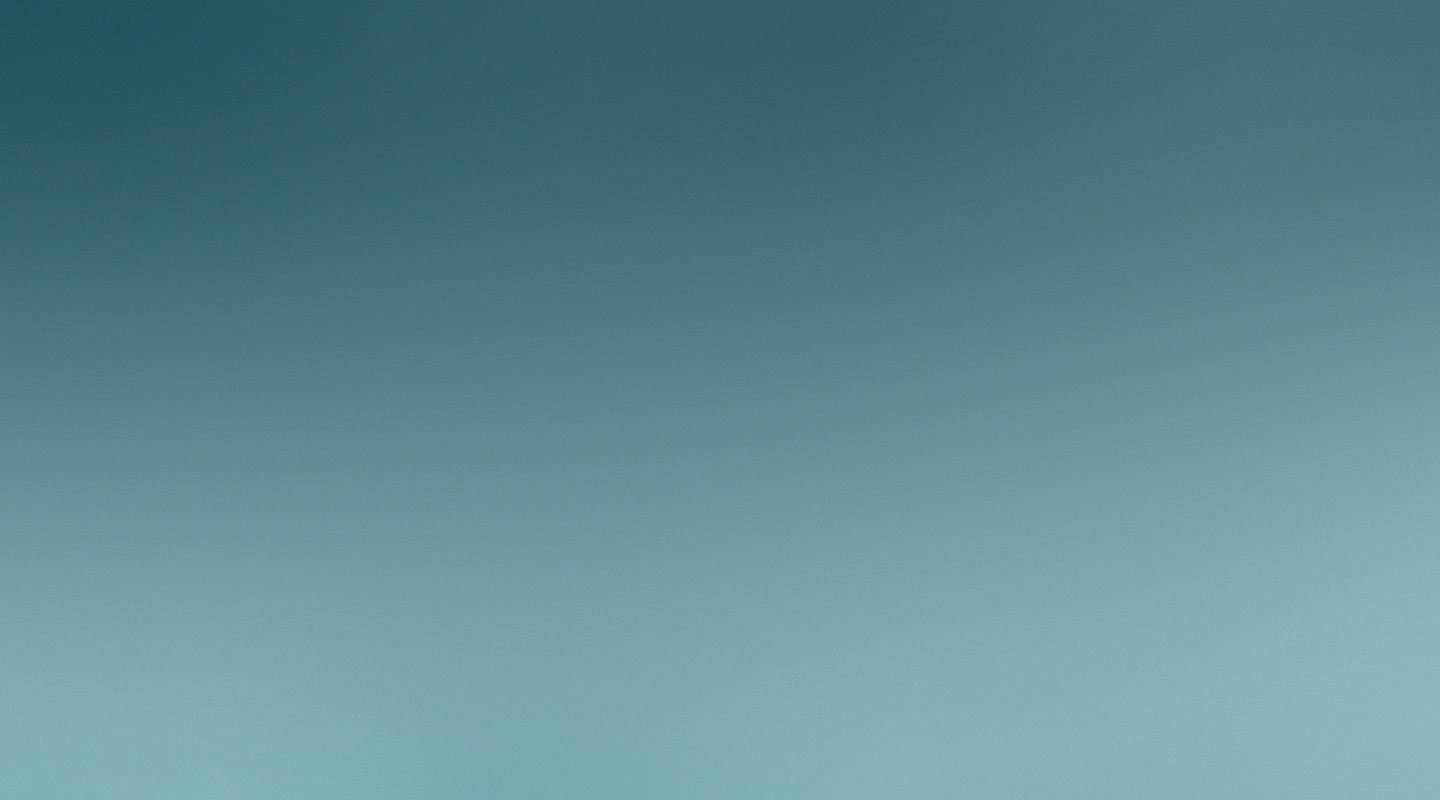Ways to Care for and Support Young People Who Are Attracted to More Than One Gender
Introduction
At The Trevor Project, we’re always working to create a safer, more accepting world for LGBTQ+ young people. Our guide on “How to Support Bisexual Youth: Ways to Care for Bisexual, Pansexual, Fluid, and Queer Youth Who are Attracted to More than One Gender” is an introductory educational resource that covers a wide range of topics and best practices for supporting bisexual young people in your life, which may include yourself. Educating ourselves is an ongoing practice, and how we define and express identity is an ongoing journey. We are all here to learn!
What is bisexuality?
Bisexuality is a sexual orientation, and bisexual (commonly abbreviated to “bi”) people are those who have the capacity to form attraction and/or relationships to more than one gender. Bisexual advocate Robyn Ochs’ popular definition of bisexuality is, “The potential to be attracted – romantically and/or sexually – to people of more than one sex and/or gender, not necessarily at the same time, not necessarily in the same way, and not necessarily to the same degree.” Bisexual people make up a significant portion of queer young people. According to the Centers for Disease Control and Prevention’s Youth Risk Behavior Survey, bisexual people compromised 75% of young people1 who identify as lesbian, gay, or bisexual. Remember, people of any gender can identify as bisexual or be attracted to more than one gender.

Why it’s important to support bisexual young people
While all LGBTQ+ young people are at a higher risk of experiencing negative mental health outcomes than their heterosexual and cisgender peers, it’s worth noting that bisexual youth statistically face more challenges than lesbian and gay youth as well. According to The Trevor Project’s research, 43% of bisexual youth seriously considered suicide in the past year. 71% of bisexual youth experienced symptoms of anxiety, and 55% of bisexual youth experienced symptoms of depression. Additionally, 61% of bisexual youth experienced discrimination in the past year.
These statistics underscore the need to increase public understanding and support for bisexual young people. They also remind us that no matter what words we use to describe an attraction to more than one gender, as a whole, this group faces significant obstacles and unique challenges. We must do more to support and make the world a safer place for bisexual young people.
How to Support Yourself and Other Bisexual People
Whether you are bisexual yourself or care deeply about the bi folks in your life, we can all learn more about how to create safer environments for bi people.

Preventing bisexual erasure and biphobia
What is biphobia?
Biphobia is defined as the fear, intolerance, or hatred of people who experience attraction to people of more than one gender. Biphobia can compromise the mental health and safety of bi young people. For bi youth who live at the intersection of other marginalized identities, the impacts of biphobia are amplified. Common examples of biphobia include:
- Negative reactions to people coming out as bi.
- Comments about how bi people aren’t real or need to “choose a side.”
- Gatekeeping who is “really” bi, straight, or gay, based on who they’ve been in relationships with or are currently dating.
- Acceptance of a bi person only when they are in a relationship with a person of a different gender, as in when friends or family members only encourage a bi person to engage in relationships with people who identify as straight.
- Acceptance of a bi person only when they are in a relationship with a person of the same gender, as in when peers in the queer community only encourage a bi person to engage in relationships with people who identify as lesbian or gay.
- Assuming that bi people are untrustworthy, more likely to cheat, or hypersexual.
- Physical or sexual violence against bi people on the basis of their identity.
- Structural biases, like being dismissed by doctors, not being hired for jobs, or being denied housing due to one’s identity.
Internalized biphobia is defined as the belief system that bi people are taught about themselves by living in a biphobic society. This includes the false belief that bi people are valued less than their heterosexual, lesbian, or gay peers, or that being bisexual is something to be ashamed of or to hide. Given widespread homophobia, there is often social pressure for bi people to not identify within the bisexual spectrum and instead reject labels altogether. It takes time and education to unlearn the impacts of internalized biphobia and to cultivate self-acceptance.
What is bisexual erasure?
Bisexual erasure, or bi-erasure, is an element of biphobia, in which the existence and legitimacy of bisexuality are questioned or denied outright. Examples of bi-erasure include:
- Assuming that two people of the same gender dating means they are gay, or two people of different genders dating are straight.
- Assuming that all queer people are either lesbians or gay.
- Saying that bisexuality is a phase.
- Speaking for bisexual people by saying that they aren’t actually bi, or by labeling their identity differently, such as saying, “you’re really a lesbian.”
- Denying the existence of bisexuality in its entirety.
Challenging assumptions about bisexual people
One of the main ways to support bisexual youth is to actively challenge biphobic assumptions in our everyday lives. Biphobia can be found in both straight and queer communities, so it’s important to address it no matter where it originates. Here are some tips to support bi young people:
- If you assume that a person is gay or straight based on their current relationship, work to reframe your understanding that the people in that relationship could be of any gender or sexual orientation.
- Take people for their word if they share a multisexual identity with you.
- Affirm and uplift the bisexual people in your life.
- If you see or hear an example of biphobia or bi-erasure, address it by sharing that bisexuality is real and valid, as well as resources to learn more about bi identities.
Self-care tips for bisexual people
Dealing with biphobia can be tough, exhausting, and painful for those who are attracted to more than one gender. If you are bi and are struggling with biphobia or bi-erasure, finding ways to take care of yourself is a great way to stay resilient and cope. You can practice self-care by:
- Finding community with other bi people who know what biphobia feels like and can offer support.
- Connecting with a support system that can accept and validate you for who you are.
- Learning more about bisexual activists and the long history of bisexual advocacy.
- Exploring media and literature that reflects nuanced and positive representation of bi people and characters.
- Using creative outlets to express your bi identity, such as creating art to express yourself or journaling about your identity.
- Writing affirmations for yourself that highlight how beautiful your bisexuality is.
- Reaching out on TrevorSpace to connect with others and contacting The Trevor Project by phone, chat, or text when you’re struggling.
Things to remember when navigating gender and bisexuality
Gender and sexuality are different, and just because you know a person’s gender doesn’t mean you know their sexuality. People of any gender can identify as bisexual, but depending on your gender, you may experience issues related to your sexuality that are specific to that gender. Bisexual people can encounter unique considerations when navigating gender and gender-related experiences. Bisexuality is a valid identity for many, and bisexual people of all genders deserve safety and celebration for their identities.
Transitioning may affect how you identify your sexuality
Transitioning refers to the medical, social, and/or legal changes made to help someone feel a greater sense of alignment with their gender, how they see themself, and how they navigate the world. As people explore new ways of seeing themselves in the world, it is common for attraction to shift. If you notice changes in your attraction after transition, it’s OK to play around with new labels or no labels at all to find what works best for you! Not all people who transition find this to be the case for them, and that is valid too.
Nonbinary people can be bisexual
Gender identity expands far outside the man/woman gender binary. Nonbinary people experience their gender outside of the gender binary and may come to understand their sexuality in a variety of ways. While nonbinary people can be bisexual, just because you identify as nonbinary does not mean you “have” to use a specific label for your sexuality. It’s OK to explore different labels that describe an attraction to more than one gender, and it’s also possible and totally fine to identify as both bisexual and nonbinary.
Men can be bisexual, too
Bisexual men are often invalidated for their sexual orientation, because of the stigma that for men, any attraction to people outside of women is interpreted and labeled as gay. Men should be allowed to express and experience attraction to people of more than one gender, just like everyone else.
Bisexual women are valid
For women who express attraction outside of men, there can be a false, harmful narrative that they are only doing it for the attention of men or that they are just experimenting. Because of this, bi women are often oversexualized and invalidated. Bisexuality for many women, just as for people of other genders, is a valid identity that isn’t defined by a person’s current partner or relationships. Given the high rates of violence and sexual assault of bi women,2, 3 it’s extremely important to support and protect bi women.
Navigating relationships
Exploring different relationship types
Biphobia can present itself in different ways, depending on an individual’s relationship structure. For bi people in monogamous relationships (the practice of having a single partner at a time), there are often assumptions that a bi person is unable to stay committed to that one partner. It is very important to note that bi people are able to stay committed in monogamous relationships the same way people of other sexual orientations are.
There are unfair assumptions that because bi people have the capacity for attraction to more than one gender, they must by default be polyamorous (relating to the practice of engaging in multiple relationships with the consent and knowledge of all people involved) or non-monogamous (an umbrella term for intimate relationships that are not strictly monogamous). This is not the case for all bi people, and whether someone is monogamous or non-monogamous cannot be determined by their sexuality or gender alone. Additionally, biphobia can create a false belief that desiring a polyamorous relationship structure is greedy, but everyone deserves the kind of relationship that allows them to feel supported and fulfilled. A person of any sexual orientation can have any relationship type or structure, and one is no more valid than another.
How do I tell if my relationship is healthy or not?
According to our analysis of data from the Centers for Disease Control and Prevention’s Youth Risk Behavior Survey, 21% of bi youth3 (24% female and 8% male) reported having been forced to have sexual intercourse, compared to 16% gay and lesbian and 5% of heterosexual youth.4 People of all genders and sexual orientations can be survivors of sexual assault and intimate partner violence, but it’s important to highlight that bisexual women are at significant risk for both physical and sexual intimate partner violence.2
Healthy relationships are built upon trust, respect, and safety. Partners should celebrate your bisexual identity, help you feel understood, and provide space to talk about power dynamics that exist in your relationship. Unfortunately, some people utilize biphobia to threaten, coerce, or intimidate their bi partners. A relationship may be unhealthy or abusive if your partner:
- Dismisses your bisexuality as a phase.
- Makes fun of your bisexuality.
- Uses your bisexual identity to claim that you cannot be trusted or to accuse you of cheating.
- Is overly jealous of people of different genders in your life.
- Forces you to identify as either gay or straight.
- Threatens to out you to people in your life.
- Works to separate you from communities of significance to you.
- Manipulates your identity and the stigma associated with it to keep you in the relationship.
If you’re worried about your relationship or your safety, please contact The Trevor Project or RAINN (The Rape, Abuse & Incest National Network) for additional guidance and support. Remember, you are worthy of healthy, enriching relationships and you never have to navigate these issues alone.
Celebrate Bisexuality
Celebrating you!
The bisexual community is filled with resilient, vibrant, talented, compassionate, and inspiring people who deserve to be supported. If you are a bisexual person navigating your identity, know that you are an important part of the LGBTQ+ community. Remember:
- You do not need to come out for your identity to be valid. It’s OK to share your identity or identities with whoever you like on your own time, or to decide that you never want to share. It does not make you any less bisexual.
- Who you are attracted to, who you date, or who you have sex with does not make you any less or more bi. You never have to prove your sexuality, and it’s important to always prioritize consent and your safety.
- If your identity shifts, it does not change the fact that your previous identity was valid and true to you at the time. It may feel like you are reinforcing a stereotype, but you are not. You are living truthfully, and it is not your responsibility to combat other people’s biases.
- Your bisexuality is real and valid. You deserve so much kindness, care, and celebration for being exactly who you are!
Creating community support for bisexual people
By reading this guide and learning more about bisexuality, you are helping to make this world a more accepting place for bisexual people. It is on everyone to work together to build better, safer communities. Here are some steps to take towards supporting people who identify as bisexual:
- Educate yourself by reading articles or books, listening to podcasts, or watching videos by bi people about their experiences.
- Listen to bi people, but never require bi people to educate you on their identity.
- Break down the internalized biases that we all hold, which includes working to not make assumptions about people’s identities, experiences, or relationships.
- Create safe spaces and conversations where bi people can be their authentic selves.
Who you are attracted to, who you date, or who you have sex with does not make you any less or more bi.
Conclusion & Resources
Exploring gender can be daunting, but it’s also an exciting way to learn about yourself and to express yourself to the world.
By learning to support bisexual people, you can help to create a safer, kinder, more accepting world.

About the illustrator
Ashley Lukashevsky is an illustrator and visual artist from Honolulu, Hawaii, now living in occupied Tongva land, Los Angeles. Her work focuses on issues related to immigrant rights, racial justice, LGBTQIA+ equality, and gender equity. She’s a proud bi baby!
Help us continue to provide 24/7 support to LGBTQ+ young people and empower allies to deepen their commitment through advocacy, education, and affirming content.



